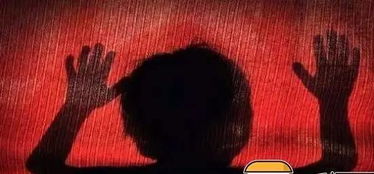
Understanding the Brown Recluse Spider Bite

The brown recluse spider, also known as the fiddleback spider, is a venomous arachnid native to the southeastern United States. Its bite can cause severe skin damage and other complications. If you suspect you’ve been bitten by a brown recluse, it’s crucial to know how to treat it effectively.
Immediate First Aid

When you discover a brown recluse spider bite, the first step is to clean the wound thoroughly with soap and water. This helps prevent infection. Avoid applying any ointments or other substances to the bite, as these can trap venom and worsen the condition.
Identifying the Bite

The bite of a brown recluse spider is often painless at first, which can make it difficult to identify. However, you may notice a small, red or purple bruise at the site of the bite. Over the next few hours, the area may become red, swollen, and itchy. In some cases, a necrotic lesion may develop, which is a serious complication that requires immediate medical attention.
Home Remedies
While there is no specific home remedy that can cure a brown recluse spider bite, there are some measures you can take to alleviate symptoms and prevent infection. These include:
-
Applying a cool, wet compress to reduce swelling and pain.
-
Using over-the-counter pain relievers, such as ibuprofen or acetaminophen, to manage pain and inflammation.
-
Keeping the affected area elevated to reduce swelling.
When to Seek Medical Attention
Not all brown recluse spider bites require medical attention, but it’s essential to consult a healthcare professional if you experience any of the following symptoms:
-
Severe pain or swelling at the bite site.
-
A large, expanding bruise or necrotic lesion.
-
Difficulty breathing or swallowing.
-
Severe nausea or vomiting.
-
High fever or chills.
Medical Treatment
In cases where medical attention is necessary, a healthcare professional may prescribe one or more of the following treatments:
-
Antibiotics to prevent or treat infection.
-
Antivenom, which is a medication specifically designed to counteract the venom of the brown recluse spider.
-
Topical or oral corticosteroids to reduce inflammation and pain.
Preventing Future Bites
Preventing brown recluse spider bites involves taking steps to reduce their presence in your home and yard. Here are some tips:
-
Seal cracks and crevices in your home, as these are common hiding spots for spiders.
-
Keep your home and yard clean and clutter-free, as this can attract spiders.
-
Remove any items that may serve as a habitat for spiders, such as woodpiles or debris.
-
When outdoors, wear protective clothing and shoes, and be cautious when handling items that may have been in the ground.
Table: Brown Recluse Spider Bite Symptoms and Treatment
| Symptoms | Treatment |
|---|---|
| Pain, swelling, and redness at the bite site | Apply cool, wet compress; take over-the-counter pain relievers |
| Large, expanding bruise or necrotic lesion | Seek medical attention; may require antibiotics, antivenom, and corticosteroids |
| Difficulty breathing or swallowing | Seek immediate medical attention |
| Severe nausea or vomiting | Seek medical attention |
High fever or chills
Related Postsfast bites cheeseburger,Fast Bites Cheeseburger: A Delectable DelightFast Bites Cheeseburger: A Del… good router bits,Good Router Bits: A Comprehensive Guide for WoodworkersGood Router Bits: A Comprehens… Like |




